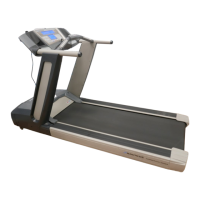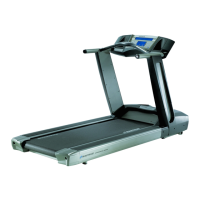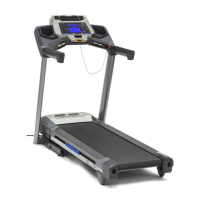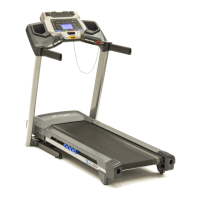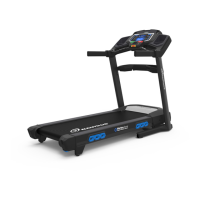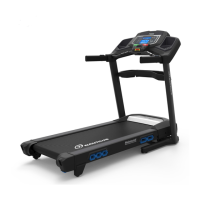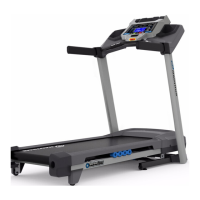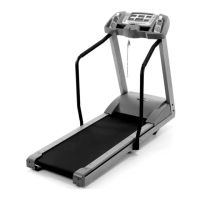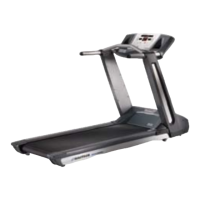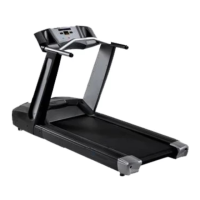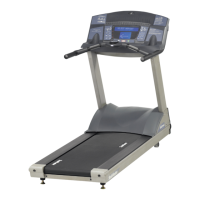NAUTILUS
®
MORE WORKOUTS
CHANGING THE GAME IN HEALTH AND FITNESS
®
22
MORE WORKOUTS: FIT TEST PROGRAM
MORE WORKOUTS
Press the More Workouts key for several advanced program options outlined below. Press the Speed or
Incline UP or DOWN keys to scroll through the MORE WORKOUTS program options. Press ENTER when the
desired program is displayed.
The Nautilus
®
Fit Test Program
Understanding Sub-maximal Exercise Testing
Before using the Nautilus
®
T9.16 treadmill for sub-maximal exercise testing, it should be noted that all sub-
maximal tests make several assumptions:
• That a steady-state heart rate is obtained for each exercise workload.
• That a linear relationship exists between heart rate, oxygen uptake
and workload.
• That the maximal heart rate for a given age is uniform.
• That the mechanical effi ciency of the physical activity performed
(i.e., oxygen uptake at a given workload) is the same for everyone.
It should be kept in mind that any one or all of the above mentioned assumptions may not be met during a sub-
maximal exercise test. If for any reason one of the assumptions is not met, then errors in predicting VO2 max
will occur.
Unfortunately, it is often quite diffi cult to meet all of the requirements for the four listed assumptions. For
example, exercising at a given workload for only a few minutes can involve an insuffi cient amount of time for
many individuals to achieve a true steady-state. To ensure that a steady-state has been achieved, the heart
rate should be measured after two minutes of exercise at a given workload and again after the third minute of
exercise at that workload. These two heart rates should then be compared. If a difference of more than fi ve
beats per minute between the two is found, the subject should continue to exercise at one-minute intervals at
the same workload until two successive heart rates differ by less than fi ve beats per minute.
It is also important that the sub-maximal heart rates obtained be between 115 and 150 beats per minute,
because it is within this heart rate range that a linear relationship tends to exist between heart rate and oxygen
uptake or workload for most adults. When the heart rate is less than 115, many external factors (e.g., talking,
laughing, apprehension, etc.) can greatly infl uence heart rate. Once the heart rate reaches a level between 115
and 150, external factors no longer infl uence heart rate, and a linear relationship exists. As the heart rate rises
above 150, the heart-rate/oxygen uptake relationship becomes curvilinear.
The third assumption involves maximal heart rate. Maximal heart rate is the greatest heart rate that can be
measured when an individual is exercising to the point of volitional fatigue (i.e., exhaustion) during a graded
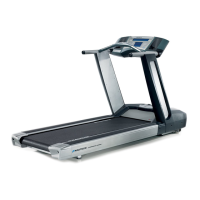
